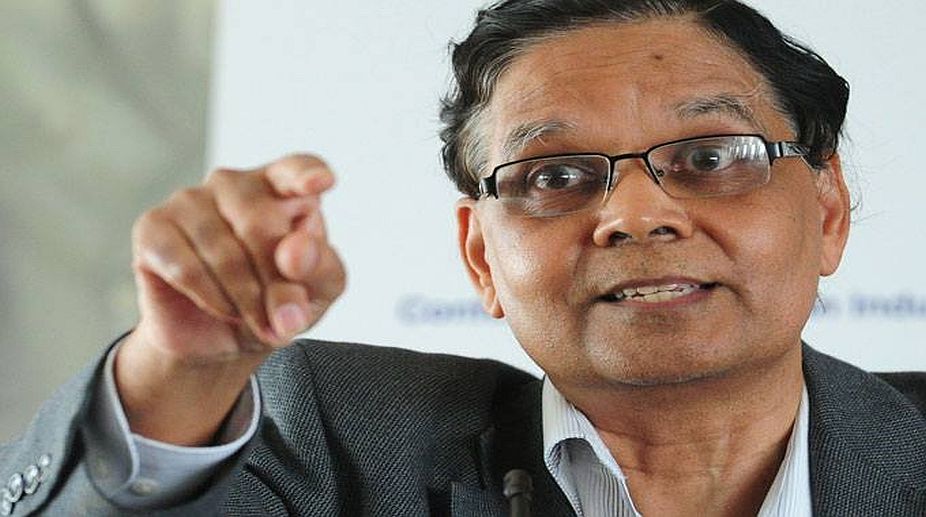The government’s high-level task force on employment data has been set up soon after the Labour Bureau substantially extended the coverage of its regular employment surveys and sample area from the last financial year (2016-17).
The Task Force headed by NITI Aayog Vice-Chairman Arvind Panagariya, with Labour and Statistics Ministries’ Secretaries among its members, has been set up to recommend a suitable structure which can provide reliable and timely data on employment generation, a high priority of the government.
Advertisement
The government announcement said the existing data collected through surveys by the Labour Bureau of the Ministry of Labour and Employment and other agencies covered only a few sectors and was not sufficient to help sound policy formulations.
The Labour Bureau which started Quarterly Quick Surveys in selected labour-intensive and export-oriented sectors like textiles, including apparels, metals, gems and jewellery, automobiles, transport, IT-BPO, leather and handlooms, in the aftermath of the economic slowdown in 2009, completed and released 28 surveys.
However, considering the interest the surveys had evoked, the Labour Bureau in April 2016 started its revamped Quarterly Employment Surveys. The sample size was increased from 2500 to 10,631 establishments across all States and Union Territories. Eight major sectors comprising manufacturing, construction, trade, transport, education, health, accommodation, and restaurants were included in the coverage so that the findings were reflective of the trends in employment.
The first such survey showed that out of the total 205.22 lakh employment on 1 April 2016, there were 199.67 employees and the number of self-employed was just 5.56 lakh. The fourth survey in this series for 1 October 2016-1 January 2017 period shows an increase of 1.23 lakh workers in the eight sectors included in the “revamped” quarterly survey. The decline in employment was limited to the construction sector, and it was marginal.
Manufacturing registered the largest increase of 83,000, followed by 7000 in trade, 1000 in transport, 12,000 in IT-BPO, 18,000 in education, and 2000 in health sector, the just-released survey says. The number of male workers increased by 70000 and of female workers by 52000.
The Labour Bureau with two wings in Chandigarh and Shimla, along with five regional offices in different states, has been conducting Annual Employment-Unemployment Surveys and released five of them since 2011.
Considering the reach of the existing surveys, the high-level Task Force has been assigned to suggest a mechanism that provides reliable, timely data on employment to help policy makers and independent observers to assess the extent of employment generation at different points of time, and thereby fill a long standing gap in the country’s statistical architecture.









